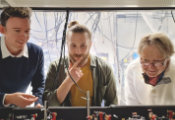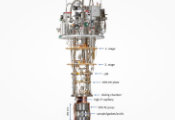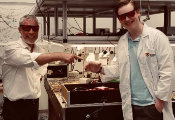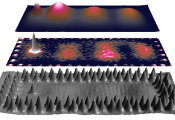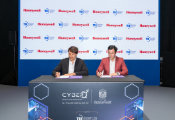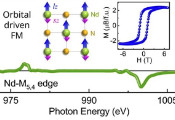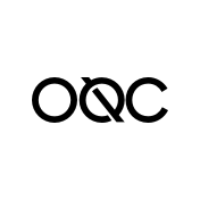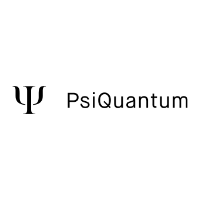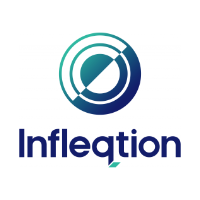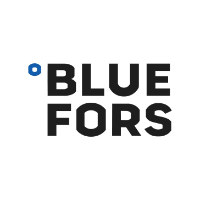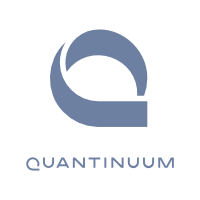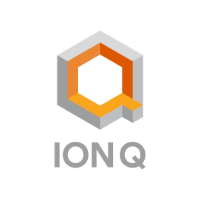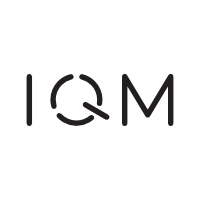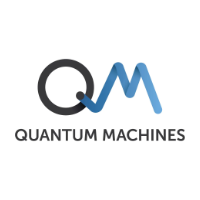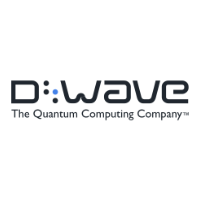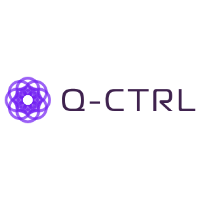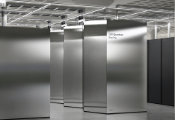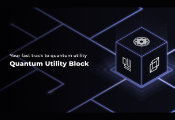Quantum Computing Inc. Secures Quantum Photonic Vibrometer Order With Delft University of Technology
HOBOKEN, NJ, April 01, 2025 -- Quantum Computing Inc. (“QCi” or the “Company”), an innovative, integrated photonics and quantum optics technology company, today announced it has received its second purchase order in the Company’s LiDAR-based R&D offering. This latest order comes from the Department of Aerospace Structures and Materials at Delft University of Technology in the Netherlands. TU Delft is a world renowned public technical university, consistently ranking in the top 20 of technical universities globally. TU Delft specializes in engineering, technology, computing, design, and the natural sciences, winning multiple awards such as JEC Composites Innovation Award 2025 and Airbus-BMW Quantum Computing Challenge.
This purchase order is for a Quantum Photonic Vibrometer (QPV) that can be used in sensing applications in challenging operational environments over a range of distances. Assistant Professor Vahid Yaghoubi played a crucial role in the technical evaluation of the Quantum Photonic Vibrometer (QPV) to ensure its capabilities align with the advanced research needs of TU Delft in Non-Destructive Testing (NDT) and Structural Health Monitoring (SHM).
"At TU Delft, we are always looking for cutting-edge technologies that push the boundaries of non-destructive testing. QCi's Quantum Photonic Vibrometer stood out due to its advanced photon-counting capabilities, high sensitivity, and ability to perform contactless measurements. Through our evaluation, we found its unique advantages over traditional LDVs to be highly compelling for our research applications. This purchase marks a significant step in developing next-generation NDT/SHM techniques by integrating quantum sensing technologies into our work,” stated Assistant Professor Dr. Vahid Yaghoubi of TU Delft.
With this purchase, TU Delft, with the leadership of Professor Vahid Yaghoubi, will be benchmarking QPV against results from other classical vibrometers to verify and validate its performance and characteristics. Using leading edge photonic sensing techniques to achieve high speed, single-photon sensitivity, and noise rejection, QCi’s QPV operates at an eye-safe wavelength and can accurately characterize vibrational spectra with an amplitude as low as 110 nanometers.
“With this order, we have an exciting opportunity to provide our American-made technology and services to such an esteemed, international technology university, underscoring market demand for more sensitive and effective vibrometer solutions that cannot be attained through traditional technology. Our quantum photonic technology exponentially suppresses background noise, creating accurate outcomes while supporting a variety of research applications,” stated Dr. William McGann, Chief Executive Officer of QCi.
In March, Associate Professor Nathan Eskue, who specializes in robotics, manufacturing, project management, and rapid iteration prototyping for the Faculty of Aerospace Engineering at Delft University of Technology, joined QCi at its global headquarters in Hoboken, New Jersey, to test, train and deploy the device as part of a series of planned collaborations and publications. Associate Professor Eskue will collaborate with QCi experts for his upcoming publication Advancing Industry 5.0 that he is currently authoring.
This order comes less than a year after internationally renowned John Hopkins University purchased QCi’s Scanning LiDAR, which uses cutting edge single-photon detection technology coupled with high precision time-tagging at a wavelength of 532nm, to test and evaluate underwater LiDAR technology. Dr. Jeeva Ramanathan, PhD, Quantum Tech Lead at QCi, who authored two patents for this advanced technology and has led its development at the Company added, “this latest order of our quantum photonic vibrometer illustrates the demand for our safe, precise, and non-destructive testing technology which can be used in an array of applications from determining the quality and integrity of materials to monitoring performance of materials during operational use.”

